
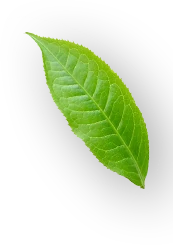
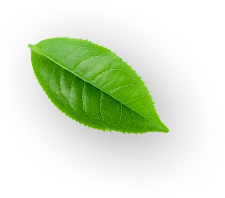
Black tea (also literally translated as red tea from various East Asian languages), is a type of tea that is more oxidized than oolong, yellow, white and green teas. Black tea is generally stronger in flavour than other teas. All five types are made from leaves of the shrub (or small tree) Camellia sinensis, though Camellia taliensis is also used rarely.[2][3][4]
Two principal varieties of the species are used – the small-leaved Chinese variety plant (C. sinensis var. sinensis), used for most other types of teas, and the large-leaved Assamese plant (C. sinensis var. assamica), which was traditionally mainly used for black tea, although in recent years some green and white teas have been produced.
First originating in China, the beverage's name there is hong cha (Chinese: 紅茶, "red tea") due to the color of the oxidized leaves when processed appropriately.[1] Today, the drink is widespread throughout East and Southeast Asia, both in consumption and harvesting, including in China, Japan, Korea and Singapore.[5] Similar variants are also available in South Asian countries.
While green tea usually loses its flavour within a year, black tea retains its flavour for several years. For this reason, it has long been an article of trade, and compressed bricks of black tea even served as a form of de facto currency in Mongolia, Tibet and Siberia well into the 19th century.[6]
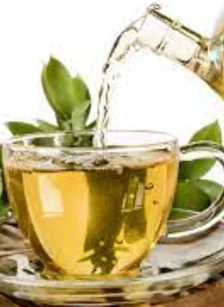
Generally, unblended black teas are named after the region in which they are produced. Often, different regions are known for producing teas with characteristic flavours.
Many finished black teas consist of blends of various varieties of black tea. In addition, black tea is often blended with various other plants or flavourings in order to obtain a beverage.
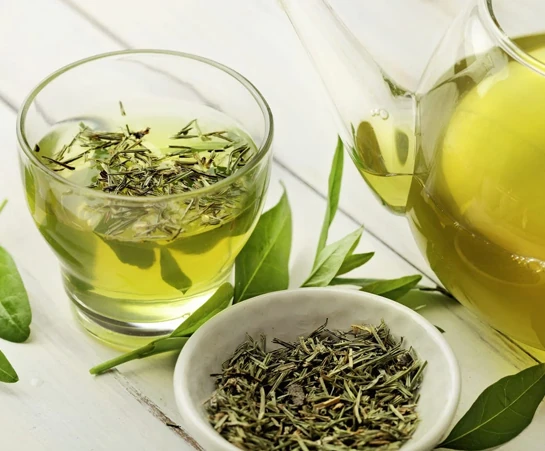
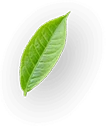
Black tea is usually graded on one of four scales of quality. Whole-leaf teas are the highest quality, with the best whole-leaf teas graded as "orange pekoe". After the whole-leaf teas, the scale degrades to broken leaves, fannings, then dusts. Whole-leaf teas are produced with little or no alteration to the tea leaf.
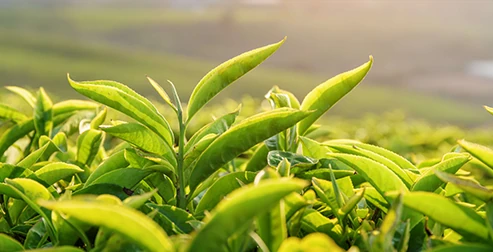
This results in a finished product with a coarser texture than that of bagged teas. Whole-leaf teas are widely considered the most valuable, especially if they contain leaf tips. Broken leaves are commonly sold as medium-grade loose teas. Smaller broken varieties may be included in tea bags. Fannings are usually small particles of tea left over from the production of larger tea varieties, but are occasionally manufactured specifically for use in bagged teas.
...Dusts are the finest particles of tea left over from production of the above varieties, and are often used for tea bags with very fast and harsh brews. Fannings and dusts are useful in bagged teas because the greater surface area of the many particles allows for a fast, complete diffusion of the tea into the water. Fannings and dusts usually have a darker colour, lack of sweetness, and stronger flavour when brewed.

Generally, one uses .08 ounces (2.26 g) of tea per 8 US fl oz (237 ml) of water.[19] Unlike green teas, which turn bitter when brewed at higher temperatures, black tea should be steeped in water brought up to 212 °F (100 °C) for 3–5 min.[20]
Whole-leaf black teas, and black teas to be served with milk or lemon, should be steeped four to five minutes.[21] The more delicate black teas, such as Darjeeling, should be steeped for three to four minutes.

The same holds for broken leaf teas, which have more surface area and need less brewing time than whole leaves. Longer steeping times makes the tea bitter (at this point, it is referred to as being "stewed" in the UK). When the tea has brewed long enough to suit the drinker's taste, it should be strained before it is served.
A cold vessel lowers the steep temperature; to avoid this, always rinse the vessel with ≥90 °C (≥194 °F) water before brewing.
The ISO Standard 3103 defines how to brew tea for tasting.[22] "This standard is not meant to define the proper method for brewing tea intended for general consumption, but rather to document a tea brewing procedure where meaningful sensory comparisons can be made." This mix is thus more than twice as concentrated for normal consumption.